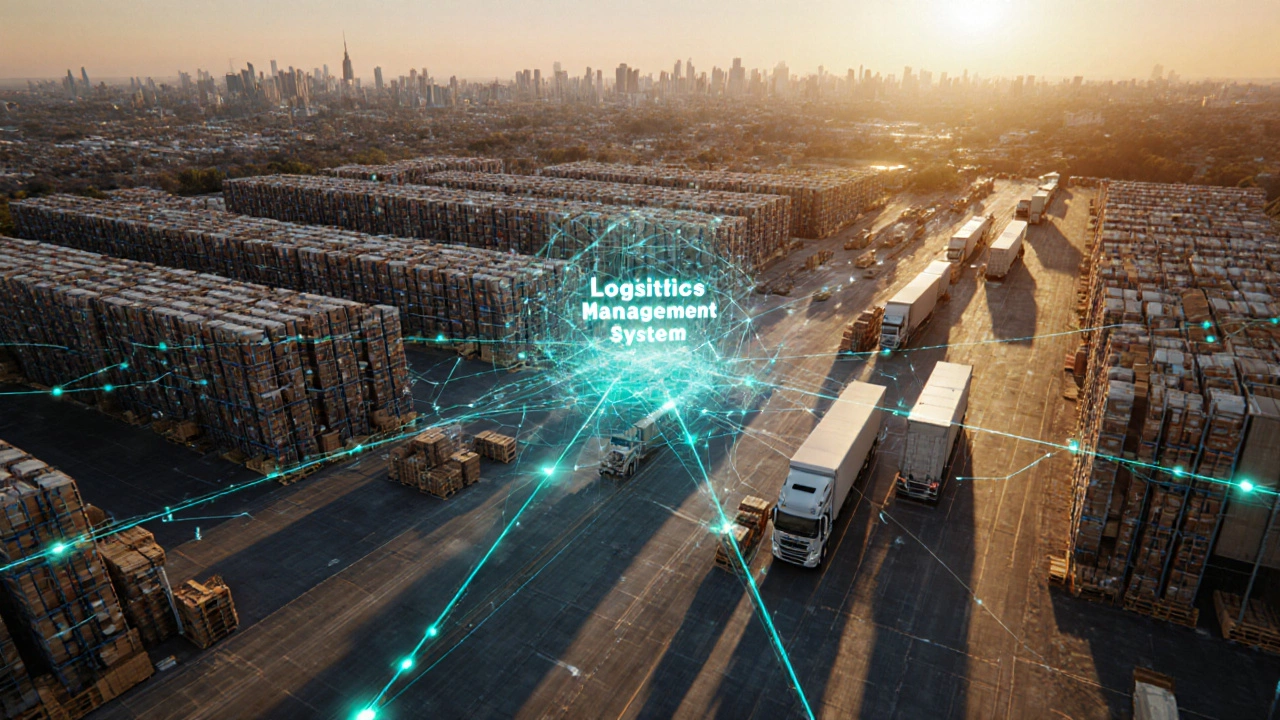Logistics Management System Explained: Features, Benefits & How to Choose
Learn what a logistics management system is, its core features, benefits, implementation steps, and how to pick the right solution for your business.
Ever wonder why some businesses ship on time while others constantly miss deadlines? The secret is good transportation management. It’s the part of logistics that decides how goods move from point A to B, how trucks are loaded, and how routes are planned. Getting this right saves money, cuts delays, and keeps customers happy.
First off, transportation is often the biggest cost in a supply chain. If you can route trucks better, load them tighter, or pick the right carrier, you shave off dollars on every shipment. Better routes also mean lower fuel use and less wear on vehicles. That translates into lower carbon emissions, something many customers now expect.
Second, timing is everything. A delayed delivery can break a contract, cause stockouts, or turn a happy buyer into a complainant. Strong transportation management gives you control over delivery windows, real‑time tracking, and quick adjustments when something goes off plan.
1. Map Your Network. Start by plotting where your suppliers, warehouses, and customers sit. Simple mapping tools let you see the distances and spot any bottlenecks before they become problems.
2. Choose the Right Carrier. Not all carriers are equal. Look at rates, reliability scores, and service areas. A cheap carrier that frequently misses deadlines can cost you more in the long run.
3. Optimize Loads. Fill trucks up to the optimal weight and volume. Using a load‑planning software helps avoid half‑empty trucks, which waste fuel and space.
4. Use Real‑Time Tracking. GPS and telematics let you see exactly where each vehicle is. If traffic snarls or weather hits, you can reroute on the fly and keep customers informed.
5. Analyze and Adjust. After each shipping cycle, review key metrics – on‑time delivery, cost per mile, fuel consumption. Spot trends, then tweak routes, carrier choices, or load plans for the next round.
These steps don’t need a massive budget. Many cloud‑based transportation management systems (TMS) offer pay‑as‑you‑go plans, so small businesses can start small and scale up.
At the end of the day, transportation management is about turning a complex web of moves into a smooth, predictable flow. When you focus on the right data, pick reliable partners, and keep an eye on performance, you’ll see lower costs, faster deliveries, and happier customers.
Ready to take the next step? Grab a simple mapping tool, set up a trial TMS, and start tracking a few key shipments this week. Small changes add up fast, and before you know it, your transportation game will feel a lot less chaotic.

Learn what a logistics management system is, its core features, benefits, implementation steps, and how to pick the right solution for your business.

Looking at the best degrees for launching a logistics or supply chain management career. Learn what programs stand out, important skills, and career tips.

In today's fast-paced world, logistics software is crucial for managing supply chains efficiently. This article explores various software tools designed to streamline operations, improve communication, and enhance decision-making in the logistics industry. From transportation and warehouse management systems to real-time tracking and automation solutions, these tools are transforming the way businesses move goods. Understanding the available software can greatly benefit companies looking to optimize their logistics processes.